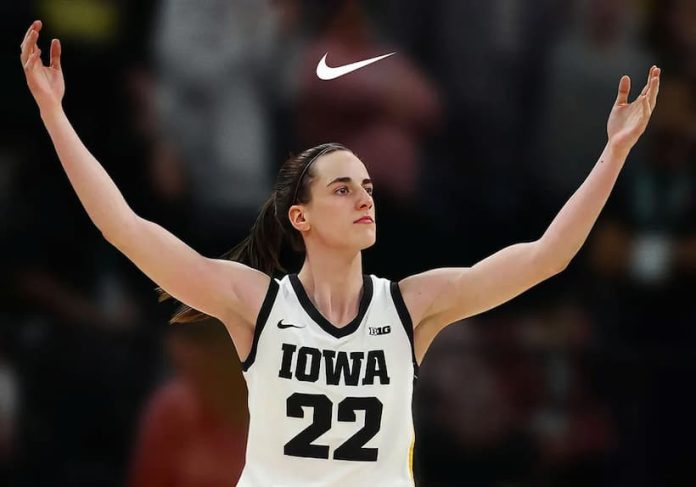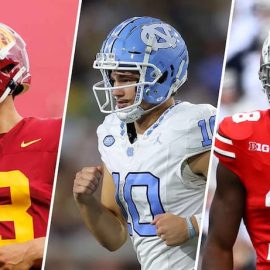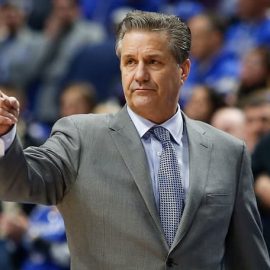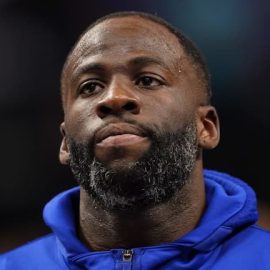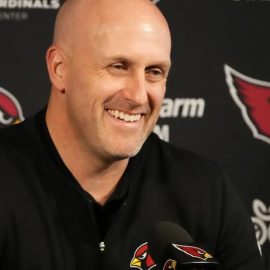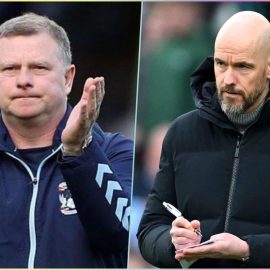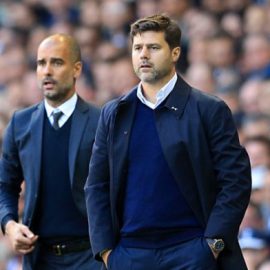Perhaps the most feared of all football injuries is the cruciate ligament injury. A broken leg may hurt more, and cause more people to grimace or turn away from the screen, but a serious knee injury can have far more serious repercussions, both short and long term. The Anterior Cruciate Ligament is the most important ligament in the knee, and often the most susceptible to injury, particularly for finely honed athletes in a contact sport such as football or rugby.
As you can see on the right, the Anterior Cruciate Ligament (Henceforth referred to as the ACL) is massively important in that it provides stability to the knee joint. The ligament prevents the tibia (shin bone to you and me) from moving forwards on the femur (thigh bone). If the ACL has been torn, the knee can collapse or give way when making turning and twisting movements. Which pretty much rules football out of the equation let me tell you. The injury can be caused in a number of ways, a hard tackle can jar the knee, particularly on a muddy pitch where the studs are likely to stick in the ground. But just as likely, the injury can be sustained innocuously with not an opposition player in sight.
I speak from experience. Last month I underwent a complex operation to repair a torn ACL in my right knee, sustained whilst playing Saturday league football. The cause, an awkward landing after controlling a high ball in the air. The damage, a year out of football. At best. Contrast that to Chelsea’s Michael Essien, who sustained a similar injury playing for Ghana in September. Recent reports have indicated that he may be fit to return to full training as early as January, just four months after sustaining the injury. Remarkable.
But then, Essien’s rehabilitation- as seen on BBC’s Inside Sport programme last week– consists of extensive physiotherapy, gruelling fitness work and constant supervision and encouragement. Mine consists of weekly 20 minute visits to a hospital physiotherapist and standing on one leg with a cushion under my foot a couple of times a day. Not to mention the fact that Essien was operated on literally hours after sustaining the injury, once the major swelling had gone down. No six month waiting lists or exploratory keyhole surgery at Stamford Bridge.
Essien isn’t the only big name player to suffer the dreaded ACL rupture. Who can forget Paul Gascoigne’s indelible imprint on the 1991 FA Cup final?
Not content with almost decapitating Garry Parker in the opening exchanges, a hyped-up Gazza launched into an ill-advised, and very ill-timed, tackle on Nottingham Forest full back Gary Charles. The damage was a complete rupture of the ACL in his right knee. It was a miracle that he was able to stand to take his place in the Spurs defensive wall (and to make matters worse, Stuart Pearce buried the resultant free kick too). Gascoigne missed an entire season through his injury, postponing his long awaited move to Italian club Lazio in the process, although this absence was lengthened after an incident in a Newcastle nightclub which set his recovery back to square one. Gazza eventually made it to Lazio, and became something of a cult favourite with the Biancocelesti, but many experts state that he was never quite the same footballer as he was up until 1991.
But Gazza was lucky; Brian Clough had his playing career ended after rupturing his cruciate ligaments in a collision with Bury goalkeeper Chris Harker’s shoulder on Boxing Day 1962. Despite extensive rehabilitation, and a comeback which sadly last only three games, Clough was forced to call time on his playing days, and pursue a career in management instead. Fortunately, I hear he did quite well on that front.
Others to have suffered this injury include: Ruud Van Nistelrooy (in training, delaying his move to Manchester United by a year), Robbie Fowler (another collision with a goalkeeper), Robert Pires (twice, the right in 2002 whilst playing for Arsenal, the left in 2006 at Villarreal), Roy Keane (in an attempt to foul Alf-Inge Haaland, beginning a long-running feud), Luis Garcia & Michael Owen (at World Cup 2006 when his knee collapsed as he played a simple pass). The recovery time can vary from player to player, dependant both on the player’s natural recovery time, and also whether any further tissue or cartilage damage is sustained- for example Luis Garcia picked up his injury in January 2007, and was back in full training by May of the same year, whilst Owen sustained his injury in July 2006 and didn’t return to first team action until April 2007.
One thing is for sure; no footballer wants to hear the words “Anterior cruciate ligament” any time soon.
Back to Football Injuries.
Add Sportslens to your Google News Feed!
